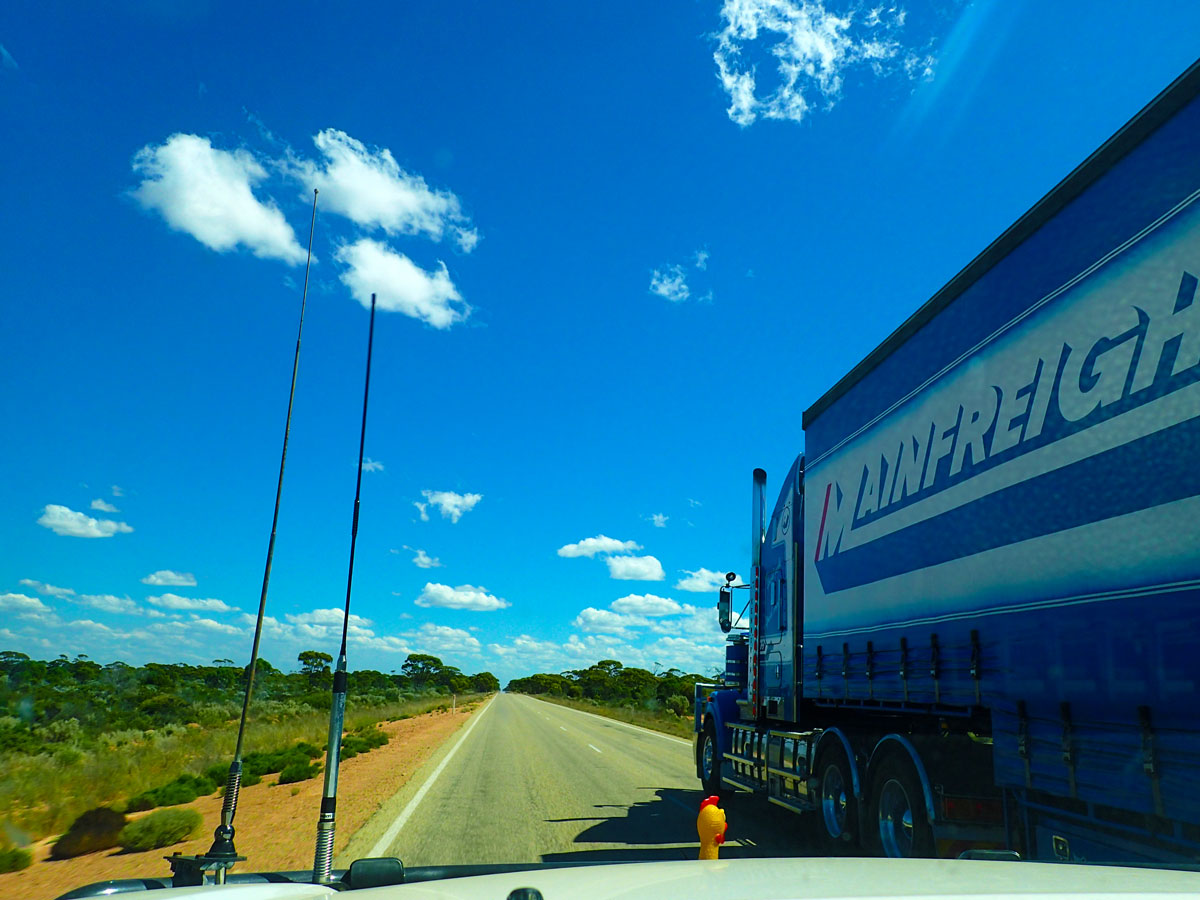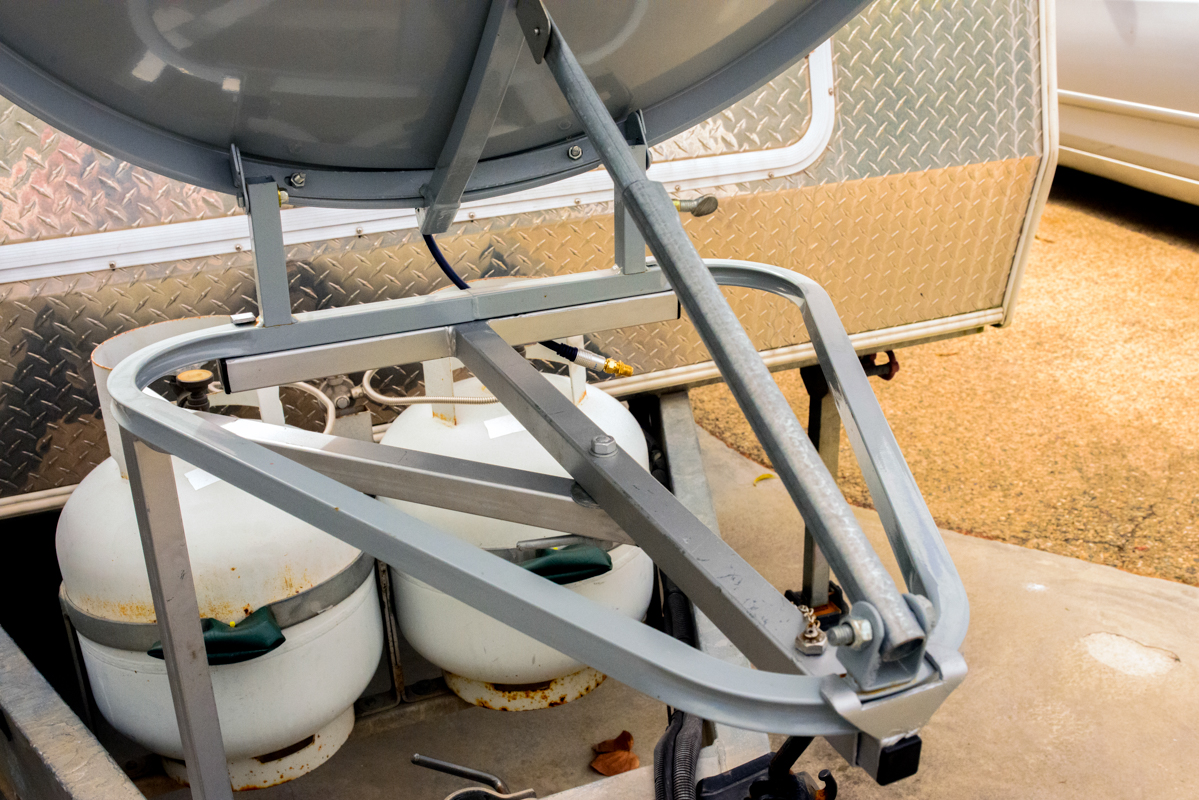Water and electricity are a volatile combination, so it pays to be cautious with your boat’s electrical system. Here are some ways you can ensure boat safety while enjoying the benefits of boat electrics.
What Could Possibly Go Wrong?
The very fact that it spends time in the water means that a boat must have secure electrical wiring at all times. Frayed or exposed wiring is always dangerous, but mixed with water it can be deadly.
Remember, too, that sea water is a natural conductor of electricity, so there’s an even greater need for caution, inside and out of the boat. Sea water is also corrosive, necessitating regular checks on all wiring and insulation for wear, rust and damage.
Another reason boats and electricity have a volatile relationship is because marine craft are constantly being rocked and pounded by waves. Wire and cable runs, therefore, should be well secured and protected against the vibration, pounding, rolling and pitching. The constant motion can also result in chafed insulation which can in turn cause crossed or exposed wires.
Keep it Safe
Never use appliance cords that are frayed or damaged, as exposure to water could result in electric shock or electrocution.
Know what equipment you’re using at any time and how much power it will draw, particularly in conjunction with other appliances. Overloading can result in more current flowing than the circuit can safely handle. If you try to push 30 amps through a wire that’s rated for 15 amps it will heat, possibly melting the insulation and causing all kinds of problems.
Ideally, fuses and circuit breakers should always be sized below the amp rating of the wires they are protecting. That should prevent exposing any wire to too much current, thereby avoiding overloading.
Look Out, Up and Down
Whether you’re towing your boat on a trailer or manoeuvring it around a marina or boat ramp, keep a watchful eye out for overhead powerlines. Electricity can arc from powerlines to boat masts, aerials or other equipment in an instant; so know the height of your vessel and keep well clear.
Underwater or submarine cables will be marked, and the prescribed safe clearance signs show legal requirements and must be observed in all weather. Anchoring is prohibited within 200 metres of submarine cables. If an anchor does become snagged near one of these signs, the anchor line should be cut and not retrieved to prevent exposure to electric shock or damaging the electrical infrastructure.
Have your boat’s electrical system regularly inspected by a certified marine electrician to be sure it meets regulations and standards. If you’re at all unsure, immediately turn off the power supply at the electrical panel and do not turn it back on until it’s been checked by a qualified electrician.
Apart from any other reason you could have for maintaining a high degree of electrical safety, it becomes crucial when you want to sell your boat.

Share on facebook
Share on twitter
Share on linkedin
Share on email
RECENT ARTICLES
Offroad suspension on boat trailers
November 28, 2023
DIY Tips for Resealing and Regreasing Your Caravan
September 22, 2023
Safety checklist for caravanning in Australia
September 19, 2023
Safety tips every outback explorer should know
September 6, 2023
Tips for Hitching Up a Caravan
August 25, 2023
Top 5 AL-KO Safety Accessories Every Caravanner Needs
July 26, 2023
ebook library

Our collection of eBooks are a valuable resource for any novice or experienced caravan holiday-maker.



